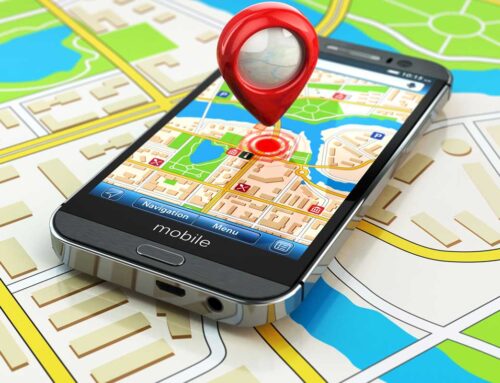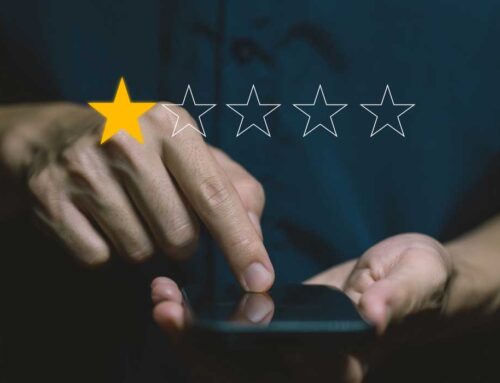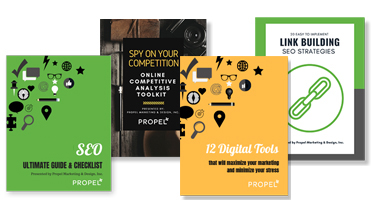If you don’t know what it costs your business to convert a prospect into a customer, you’re as good as playing yourself.
Customer acquisition cost is a key metric that gives you a powerful insight into how healthy — or unhealthy — your business is.
Essentially, if you can boost the conversion rate of a prospect to a customer, you’re winning.
The more customers you have, and the more you can sell to each customer, is like the Holy Grail.
But the big question right now is: How much does it cost you to gain a new customer?
In this article, we’re going to take a look at how to measure and improve the ROI of your customer acquisition strategy.
Measure Your Customer Acquisition ROI
ROI is a fundamental metric because it matters little how many sales you’re getting if you’re still losing cash.
Put simply, if you’re spending $30 to get $1, you’re losing.
On the other hand, if your ROI is high, your marketing efforts are working and your business is looking good.
Working out your customer acquisition cost isn’t even a tricky task, but still, so many businesses avoid it.
All you need to do is take your marketing expenses and total sales for one month and divide them by the number of new customers that you acquired that same month.
The figure you end up with? That’s how much it currently costs your business to acquire a customer.
To break it down further, you can take a look at each channel independently.
Doing so will give you insights into what marketing tactics are the most effective for acquiring new customers and boosting sales, as well as producing the best ROI.
To go further than that, you can work out your average customer lifetime value.
This is simple enough to do: Just take the average yearly order total for each customer and multiply it by the number of months (or years) your average customer orders from you.
Let’s take a look at how you can improve your ROI (lower the cost of acquiring new customers).
Boost Your Conversion Rate Optimization
Improving the ROI of your customer acquisition strategy can be as simple as making a few key tweaks to your website and social media channels that boost your conversion rates.
For example, let’s imagine that I have an eCommerce store and that my average daily sales are $12,000. Let’s also imagine that my average sale is $10, while my conversion rate is averaging 3%. After I’ve made a minor but powerful few changes to my site, such as on my landing page, I boost my conversion rate to 5%. This represents an increase in sales per day of $8,000.
Here are a few ways to boost your conversion rate:
Improve Your Lead Magnet
Remember, people will only opt-in to your offer if your offer is high-value.
Whatever you’re offering for free in exchange for prospects email addresses — be it a free eBook, a cheat sheet and so on — needs to be rich in value.
Offer both a website opt-in and a social media-opt in for increased conversions.
Improve Your CTA
Split test different CTA’s to see what works best. Don’t forget to emphasize the benefits of taking action and clear away all distractions so that your offer is the only thing people see. Make sure your body copy leading up to your CTA is compelling, turn your CTA into a button so that it’s more noticeable and experiment with the first-person language. Phrases like “Give me my eBook!” create a sense of ownership in the prospect.
Use Pop-ups
Because you can use different pop-ups on different pages of your website, you can segment your audience and nurture them with tailored content. This will improve conversions because no two customers are the same. They have different needs, pain points, and desires, and you need to pinpoint what these are and target segmented groups for better results.
Make Your Sales Cycle Faster
If the ROI of your customer acquisition strategy is too high, it could be because it’s taking too long to convert a prospect into a customer.
The longer it takes, the bigger your investment is. It’s basic math, and you’ll need to decrease your sales cycle.
The most obvious way to do this is to attract more qualified prospects.
If you can attract more of the right people to your website, it instantly shortens your sales cycle and saves you money. It’s a good idea to invest in Google ads with long-tail keywords.
Focus on user intent and drive the right traffic (people who are interested in what you have) to your website.
Double down on Facebook ads, too, by taking a look a the information from your current customers (profile, demographics and so on), before targeting similar people with your ads. It’s all about reaching the right people and avoiding the wrong prospects.
Tweak Your Lowest Offer
A simple way to get more customers quickly is by offering an awesome low-priced product. It won’t cost you too much to sell, won’t cost your customers much to buy, and it means you can upsell to them at a later date.
For example, you could cut the price of a service trial for a week (say, from $70 to $10). While you would lose money for a week on this, you will gain more paid customers who are now yours to nurture.
Perhaps 35% of them go onto sign up with your service on a permanent basis. In which case, while your ROI will suffer for a week, your return over the long-term will be worth it.
Use Customer Analytics
If you aren’t using customer analytics to measure the ROI of your customer acquisition strategy, you’re missing a massive trick. Analytics show you who is using your product, as well as what they’re using it for.
They also show you how your customers are using it and how they aren’t using it.
Once you know this information, you can make the benefits of your product clearer to prospects.
Remember, we all buy a product or service for a reason. If you know why people signed up in the first place, you can work out a strategy that improves your future customer acquisition ROI.
Now that you know how to measure and improve the ROI of your customer acquisition strategy, the next thing to do is take action. First, measure your customer ROI, and then take the tactics outlined in this article and use them to lower the cost of acquiring new customers.
About the author:
Kas Szatylowicz is a social media manager and outreach coordinator at Nightwatch — a search visibility tool of the next generation. Check out Nightwatch blog and connect with her on LinkedIn or Twitter: @KasSzatylowicz




![How to Write a Professional Chiropractic Bio [Template Included]](https://propelyourcompany.com/wp-content/uploads/write-a-bio-500x383.jpg)

